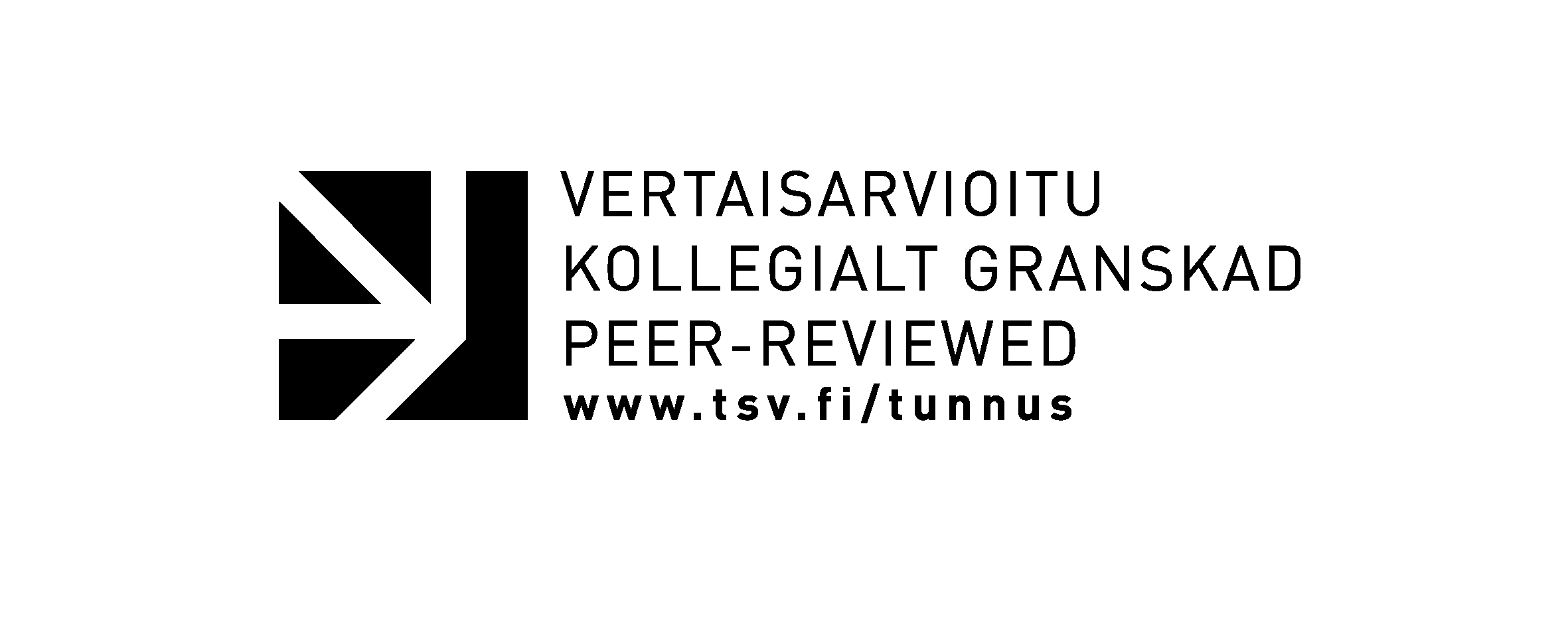Renovating Traditional Craft
Exploring the Potential of Craft as Part of Research
Keywords:
Agential realism, situated knowledge, craft theory, mechatronic technology, traditional craft, silversmithAbstract
This review article evaluates theories and on the entanglement of matter and meaning, elaborating and exploring the potential outcomes of craft in research processes. Exemplified through a collaborative exploration between me as a silversmith and programmers at the Mechatronic Innovation Lab (MIL) in Grimstad, Norway, I explore, through these theories, how renovation work served as a diffraction apparatus in exploring the relation between traditional craft and emerging mechatronic technologies in light of the concept of sustainability. Renovation work is, in this setting, understood as cutting, filing, grinding and polishing, often the final but nevertheless essential step in a production process. This type of surface work accentuates here how it is possible to not only see traditional crafts as carriers of intangible value linked to identity but also as a type of knowledge powerful of providing insights into the entanglement of matter and meaning. Through uniting different knowledge systems, like the subjective knowledge in the situated understanding of material, tools, setting and processes, and more objective knowledge, typically for observation, readings and purely cognitive activities, renovation work exposed, in this case, some of the limitations of automation and provided unexpected findings on the relationship between body and machine.

How to Cite
Copyright (c) 2024 Linn Sigrid Bratland

This work is licensed under a Creative Commons Attribution-NonCommercial 4.0 International License.







